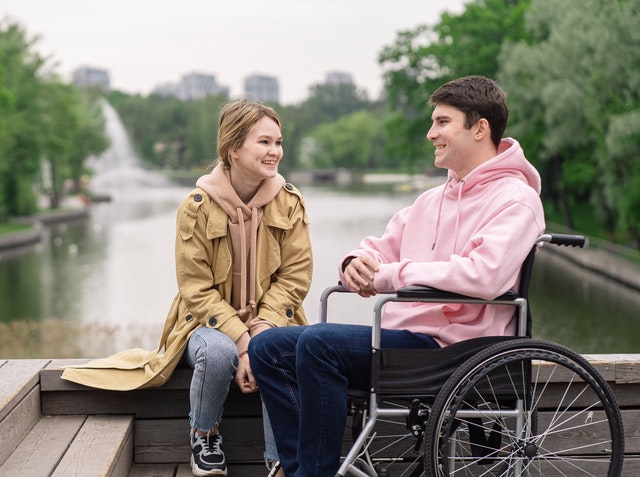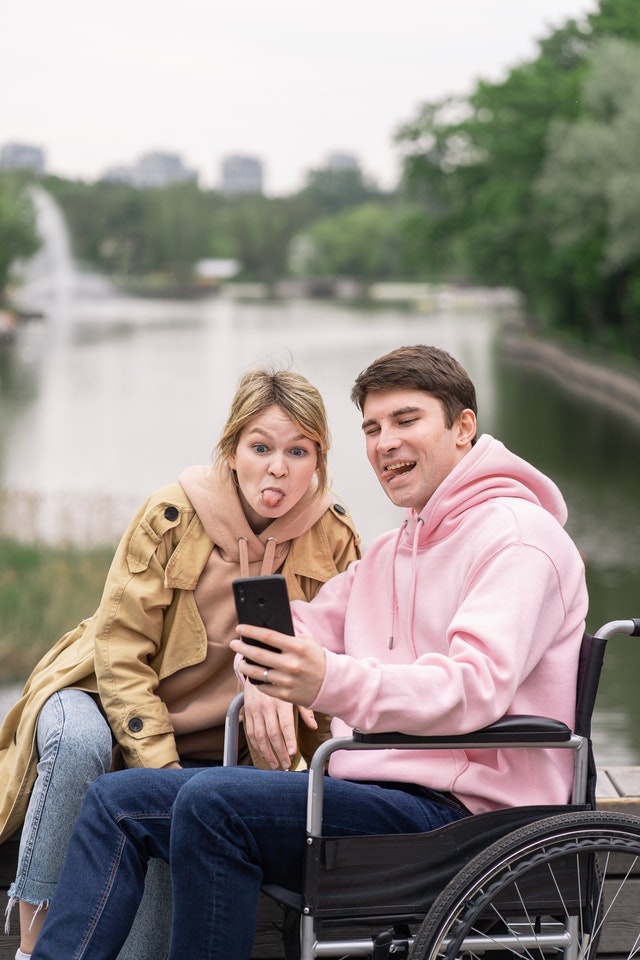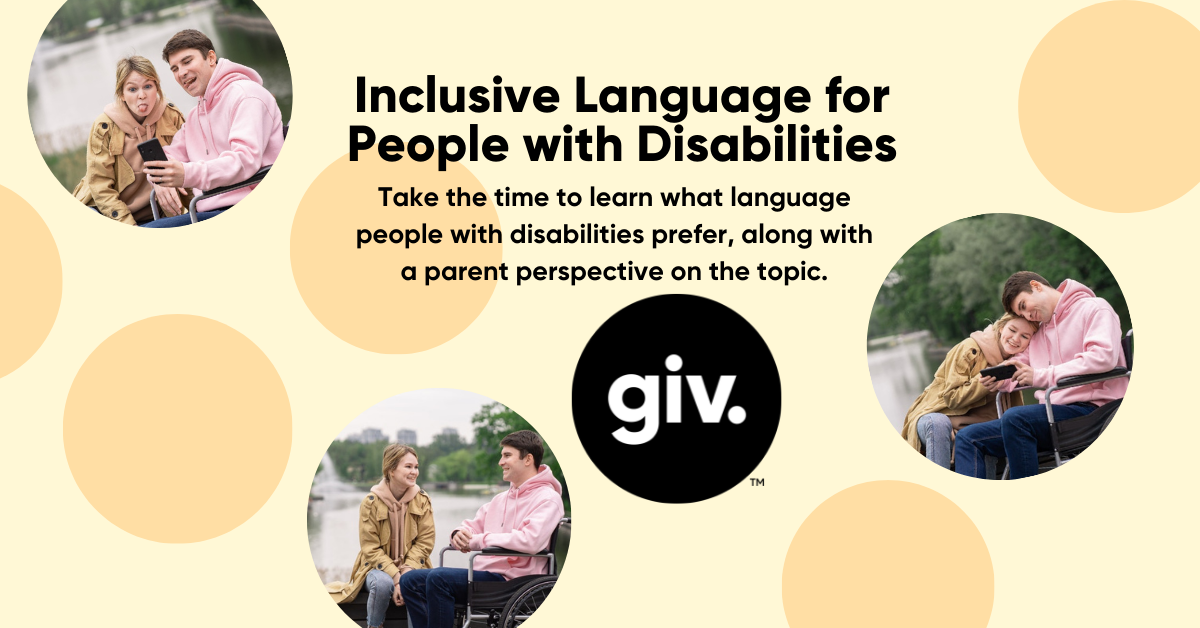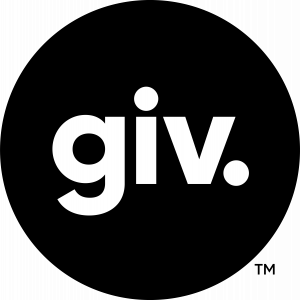We see everywhere right now among many groups of people that there is a huge movement towards inclusive language, especially inclusive language for disabilities. We want to share some of our thoughts on this topic, our mission around inclusive language at giv.care, and some perspective from parents as well sharing how they’ve navigated inclusive language with their own children.

Inclusive Language for Disabilities:
One of the most important things you can do when navigating language around any minority group is to listen to the people within that group. People with disabilities are the largest minority group in the United States, making up over 20% of the population. In recent years they’ve been speaking out about how they would like to be referred to within conversation, and these are some of the things we’re learning as we try to adopt inclusive language within our company.
Disabled people want to be called disabled. They don’t want to be referred to as “special”, or having “special needs”. There has been a huge push online where the disabled community would like the term, “special needs”, to be removed from the vocabulary of the general population. Many individuals with disabilities believe that the term “special needs” makes individuals without disabilities feel better when using the term in conversation, but they believe that the term is patronizing to the person who has a disability.
Person First vs Identity First Language:
There is a big discussion about whether or not we should be using person first language (ex: a person with disabilities), or identity first language (ex: disabled person). Person first language identifies the individual as a person first before mentioning their disability. Identity first language is when people choose to put their disability first, which can be a form of empowerment for the people who choose to identify this way because they feel their disability is an integral part of their identity.
A majority of the disabled community prefers to use person first language, however, it is definitely something that needs to be addressed on a case-by-case basis. There is no right or wrong in this situation as long as you are always using the preferences of the person with a disability. If you’re unsure of their preferences, just ask. They will be so grateful that you took the time to learn and listen instead of making assumptions.

National Center on Health, Physical Activity, and Disability:
NCHPAD recently shared in a post on Instagram:
“Remember that disability/disabled is not a dirty word, but can be used in a harmful way. When using words, analyze if you are promoting positive disability identity, or ableism.
You don’t always have to address disability when interacting with disabled people.
Disabled people can have multiple identities. Respect how people want to be identified and never assume you know what is best. If you are unsure how to address someone’s disability and it is necessary to do so, just ask the person.
A Parent Perspective:
I have a daughter who is seven-years-old with both physical and intellectual disabilities. From the time she was born I heavily self-identified as a, “special needs parent”, and spoke frequently about how I had a daughter with “special needs”. I thought because this was common language in non-disability circles that it was the accepted language that people used.
I identified with these terms so much so that in 2019 I hosted a “special needs parenting conference” using that catch phrase in all my marketing. While the intentions of the conference were great, and focused towards getting parents the resources they needed to help their children, the messaging was off, and it wasn’t inclusive.
It wasn’t until I had reached out to another mom of a child with disabilities on Instagram to help promote the conference that I started to think my language was incorrect. She told me that she wouldn’t promote the conference because it didn’t align with her values. I was floored. Her entire account was dedicated to bringing awareness to disabilities, how could this not align?!
As I took the time over the next several months to listen to this mom on social media and listen to the message she was trying to convey, I realized my language wasn’t inclusive, and that it did not align with the will of people with disabilities. I learned that people with disabilities find the term “special needs” to be a term that pitties or belittles individuals with a myriad of disabilities. I learned that it’s a term that makes people without disabilities feel better, but it can be really dehumanizing for those who have that lived experience. Since learning all of this several years ago, I’ve made it my mission to listen to people with disabilities, learn what their real preferences are, and to be an advocate and an ally for the disability community. I likely don’t get it right 100% of the time, but I’ve committed to trying to be better each day as I navigate this alongside my daughter.







